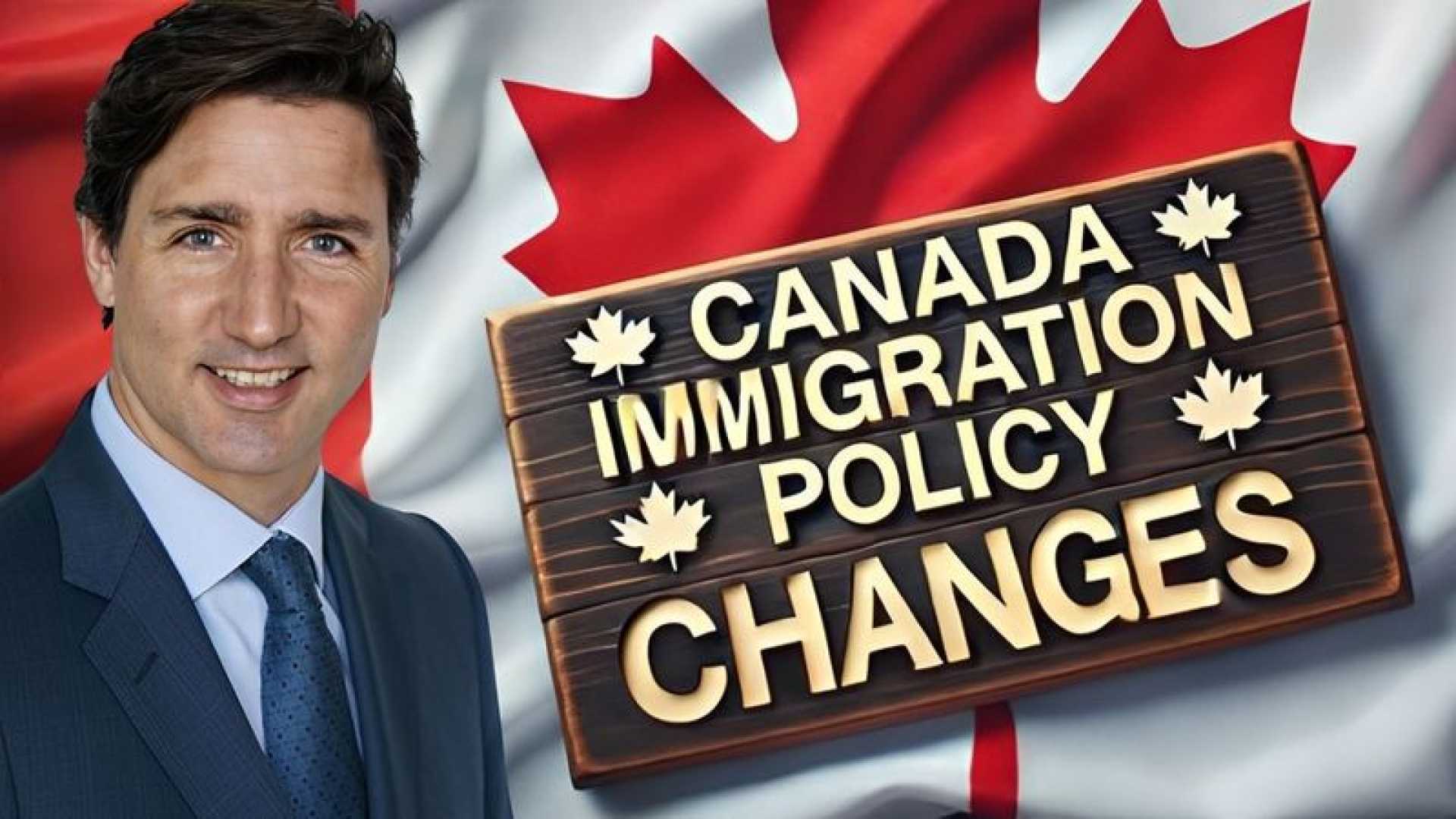News
Canada Adjusts Immigration Policies Amid Shifting Economy

Canada has long been recognized for its welcoming stance on immigration, which supports its economy and cultural diversity. However, recent shifts in the economic landscape necessitate adjustments to immigration policies to address evolving challenges, particularly regarding the labor market.
On September 18, 2024, the Honourable Marc Miller, Minister of Immigration, Refugees and Citizenship, announced new measures aimed at managing the influx of temporary residents to Canada. The federal government aims to reduce the proportion of temporary residents to 5% of the total population by 2026, down from 6.5%.
To reach this target, various reforms are being implemented, including modifications to the International Student Program and stricter eligibility criteria for temporary foreign workers. These measures are intended to ensure the system’s integrity and support those who genuinely contribute to Canada’s needs.
The government has introduced adjustments to the Post-Graduation Work Permit Program to better reflect labor market needs. Moreover, the eligibility for work permits will be tightened, affecting spouses of master’s degree students and foreign workers in specific sectors.
Canada is facing an uptick in asylum claims amid a global increase in displaced individuals. The government is addressing these challenges by reinforcing the integrity of Canada’s asylum system.
Announcing these changes, Minister Marc Miller emphasized that the federal government is committed to maintaining a sustainable and well-managed immigration system. The actions are partly in response to concerns about the housing market and overall affordability, as well as labor market demands.
In line with these immigration reforms, the government targets a reduction in new international student study permits by 10% next year, following a temporary cap put in place this year.
Minister Randy Boissonnault, overseeing Employment, Workforce Development and Official Languages, noted that recent government changes would prioritize employment opportunities for qualified Canadians.
As Canada’s population continues to grow, driven substantially by temporary residents, further evaluations of immigration levels are expected. These examinations align with Canada’s broader economic objectives, seeking to balance growth with affordability and sustainability.












